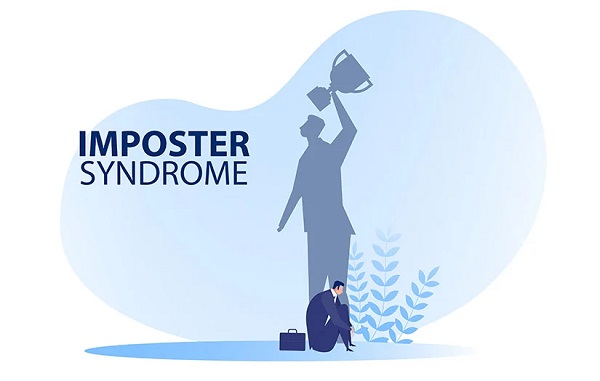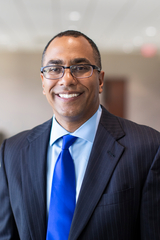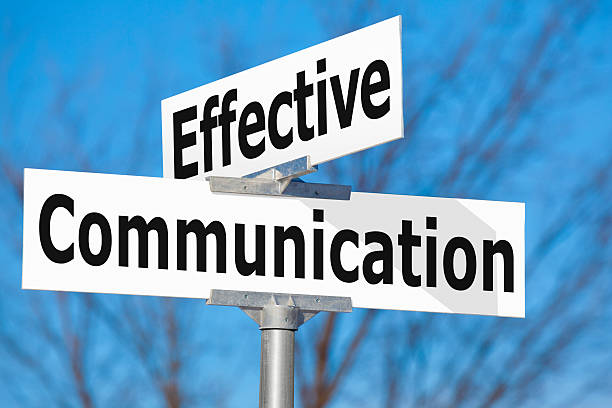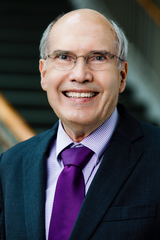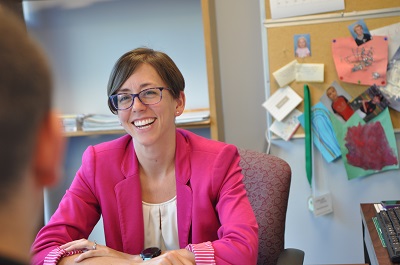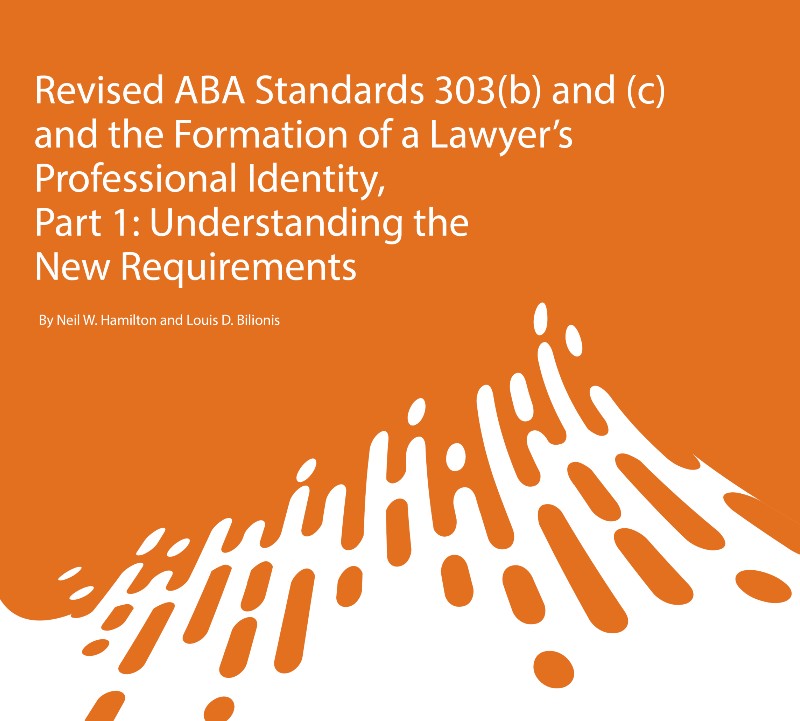By: Megan Bess, Director of the Externship Program and Assistant Professor of Law,
University of Illinois Chicago School of Law
I have spent a good amount of time over the past few months reflecting on how to best incorporate professional identity formation in my teaching and across our law school’s curricular and extracurricular programming. Like many of us, I wear many hats at my institution, some with easier connections to PIF than others. For instance, in my role overseeing externships I have been able to craft a curriculum centered on reflection, self-assessment, and professional identity formation. Nearly everything students do in their externship experience furthers the development of their professional identity. But when I teach a large section of Professional Responsibility, my interest and desire to incorporate professional identity formation often conflict with the pressures to cover as many Model Rules and PR concepts as I can. I have been asking myself which of the PIF-related activities I utilize in the externship program could I easily incorporate into other classes and activities. And then I had a realization: I can work goal setting into almost anything I teach.
More than three years into my role directing my school’s externship program I have now seen hundreds of student goals for their externship experiences. Many follow common themes of improving specific research and writing skills and participating in lawyering activities. Some of the best goals I have seen, however, demonstrate strong self-awareness and a desire to improve professional behaviors. For example, one student set a goal to develop a system to better manage their school, work, and personal obligations so that they could be more fully present in each rather than multi-tasking. I’ve seen students set goals for increasing and managing their physical and mental health or strengthening their understanding of, and connections to, their legal community.
While an externship, clinical, or other real-world lawyering experience easily lends itself to goal setting, I believe that students can and should be encouraged to set goals across their entire law school experience. Goal setting is especially powerful if introduced early in law school. For example, UIC Law has a one-credit required first-semester course, Expert Learning, that introduces students to study and exam-taking strategies, lawyering skills, resilience and mindset, and other professional skills and behaviors important for success in law school and in law practice. The course covers goal setting and requires students to set a goal for the course itself.
Goal setting empowers students to take charge of and responsibility for themselves and their experiences. Studies show that rigorous and specific goal setting correlates with higher performance.[1] And feelings of success in the workplace derive from pursuing and attaining meaningful goals.[2] In short, setting goals is a habit that will aid students in their legal careers. And the very act of setting goals requires some self-reflection that aids in professional identity formation.
Most students are familiar with the concept of goal setting. A popular framework is SMART goals (specific, measurable, attainable, relevant, and timely). Encouraging students to set goals for the courses you teach and activities you oversee is a simple tool to encourage their reflection and self-assessment with a framework that is familiar to them.
The good news is that this can be incredibly easy to do. There are numerous goal setting lessons and resources available. When I first sought to incorporate goal setting in the externship program, a simple online search turned up numerous videos (I selected a simple SMART goal overview from LinkedIn Learning) and written materials. One of my favorites is this simple worksheet from Baylor University that explains SMART goal setting and walks the user through a goal setting process.
If you are worried about the labor required with providing feedback on student goals, consider asking students to share their goals with and elicit feedback from their peers. My students have shared that they enjoy this goal setting method. I give students time to brainstorm one goal and then have them share in small groups with instructions to offer suggestions for making the goal “SMARTer.” In my experience, law students are amenable to suggestions from their peers who are proud of themselves when they can offer helpful feedback to their classmates.
I can easily envision students setting goals related to course performance and grades. But we can encourage our students to think of goals from a broader perspective. Students can set goals for a course that relate to organizational skills, time management, study habits, understanding and applying course material in real-world context, the contributions they make to their group, and/or class participation. If we provide them some examples along these lines, then they will feel like they have permission to identify and work on these skills. Imagine the power we have to help students commit to and practice goal setting habits in as few as ten (10) minutes at the start of our courses.
If you have questions, comments, or ideas for improvement, please reach out to me at mbess@uic.edu.
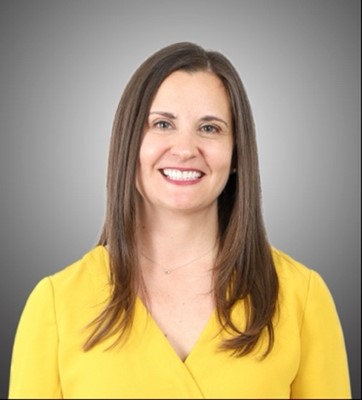
Megan Bess is the Director of the Externship Program and Assistant Professor of Law at the University of Illinois Chicago School of Law.
[1] Edwin A. Locke & Gary P. Latham, New Directions in Goal Setting Theory, 15 Current Directions in Psychological Science, 265-268 (2006).
[2] Barbara A. Blanco & Sande L. Buhai, Externship Field Supervision: Effective Techniques for Training Supervisors and Students, 10 Clinical L. Rev. 611, 642 (2004); Laurie Barron, Learning How to Learn: Carnegie’s Third Apprenticeship, 18 Clinical L. Rev. 101, 107 (2011).





